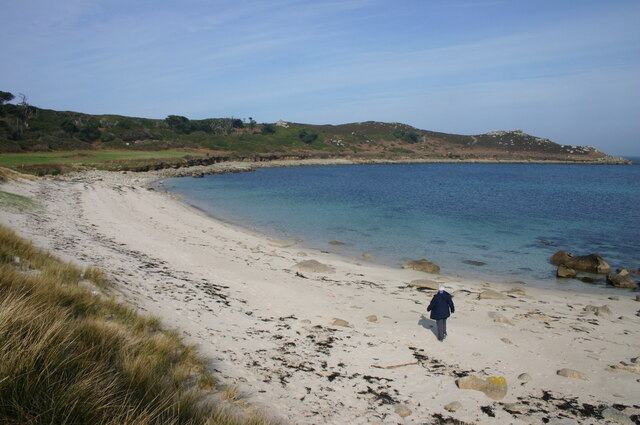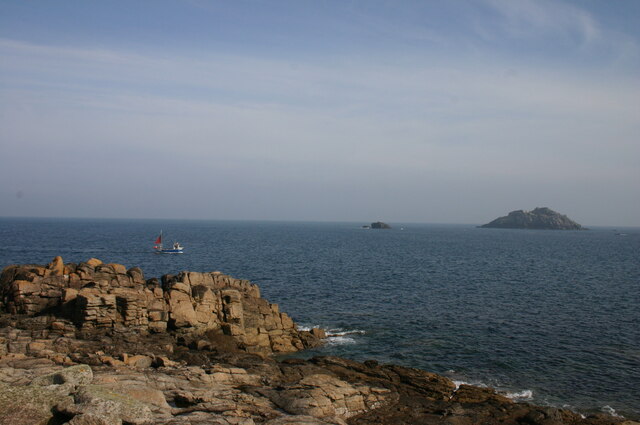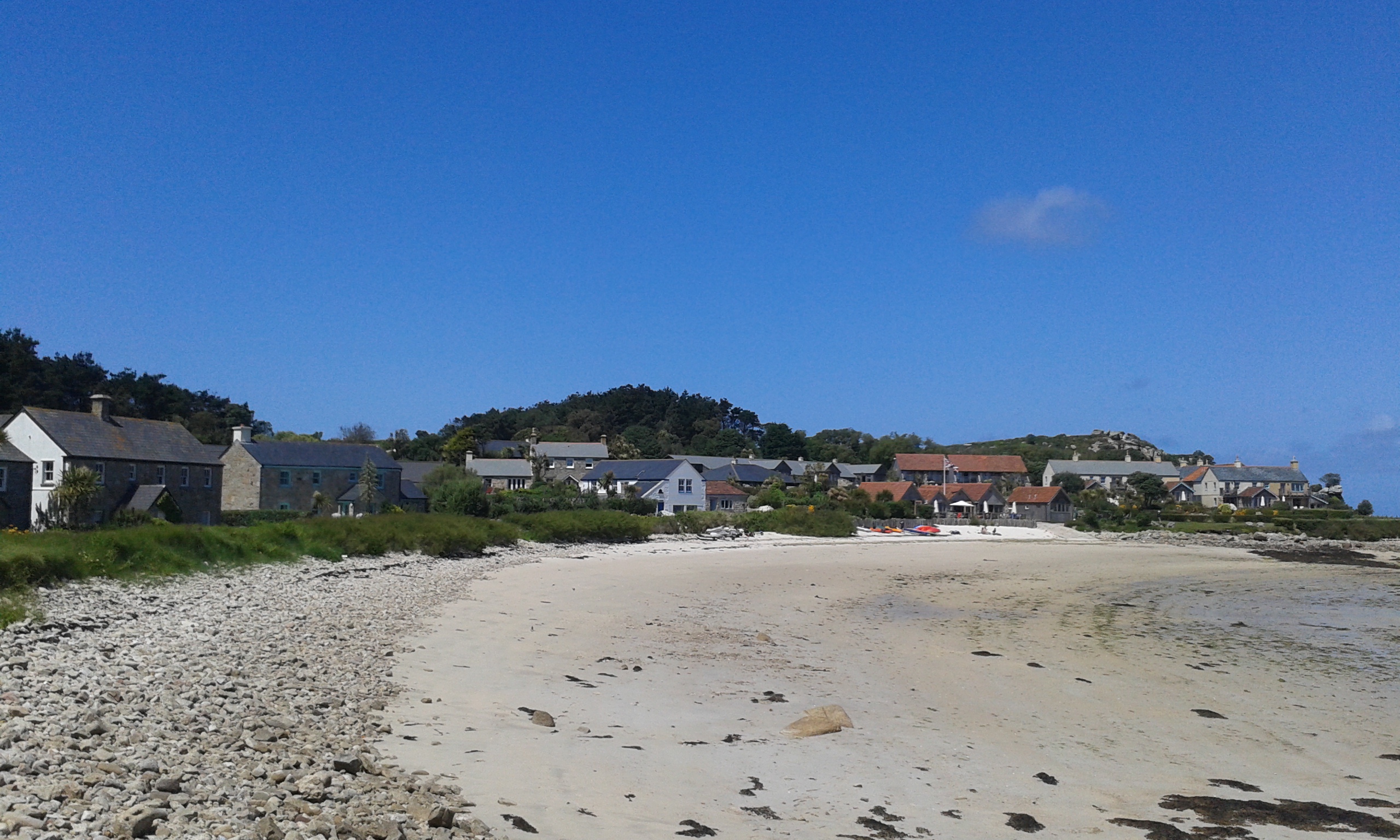Crow's Island
Island in Cornwall
England
Crow's Island

Crow's Island is a small, uninhabited island located off the coast of Cornwall, England. Situated in the Celtic Sea, it is part of the Isles of Scilly archipelago. The island covers an area of around 0.5 hectares and is known for its rugged and rocky terrain.
The island gets its name from the large population of cormorants, also known as "crows," that inhabit the area. These birds can often be seen perched on the cliffs or diving into the surrounding waters in search of fish.
Crow's Island is an important site for birdwatchers and nature enthusiasts due to its diverse wildlife. In addition to cormorants, the island is home to various seabirds, including puffins, guillemots, and razorbills. The surrounding waters are also rich in marine life, attracting seals and dolphins.
Access to Crow's Island is limited due to its protected status as a designated Site of Special Scientific Interest (SSSI). Visitors require special permits to land on the island, and access is heavily regulated to protect the fragile ecosystem. However, boat tours and wildlife cruises are available for those who wish to observe the island from a distance.
The unique natural beauty and abundant wildlife of Crow's Island make it a popular destination for nature lovers and photographers alike. Its remote location and pristine environment offer a tranquil and serene experience for those seeking a peaceful retreat amidst the rugged beauty of Cornwall's coastline.
If you have any feedback on the listing, please let us know in the comments section below.
Crow's Island Images
Images are sourced within 2km of 49.96406/-6.3270033 or Grid Reference SV8916. Thanks to Geograph Open Source API. All images are credited.












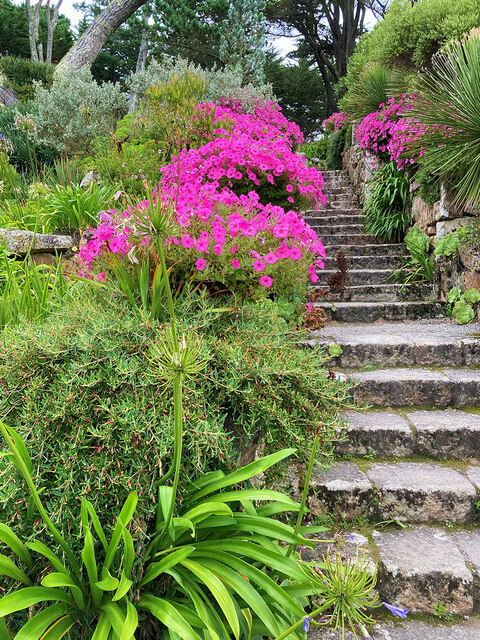
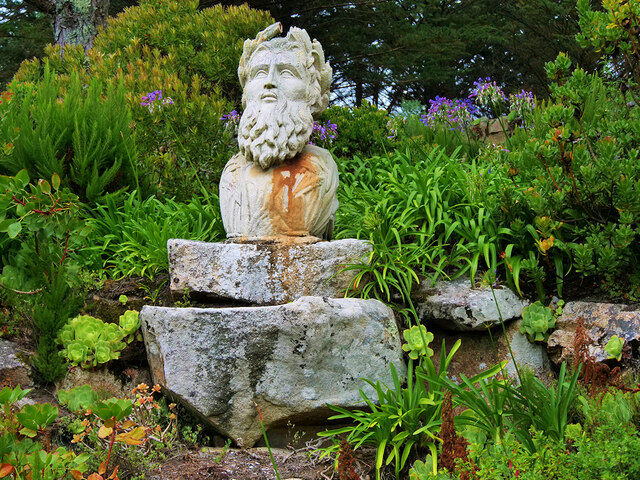
Crow's Island is located at Grid Ref: SV8916 (Lat: 49.96406, Lng: -6.3270033)
Division: Isles of Scilly
Unitary Authority: Isles of Scilly
Police Authority: Devon and Cornwall
What 3 Words
///encourage.thinker.craziest. Near Tresco, Isles of Scilly
Nearby Locations
Related Wikis
Old Blockhouse
The Old Blockhouse, also known as the Dover Fort, is a 16th-century fortification on the island of Tresco in the Isles of Scilly. It was built between...
Old Grimsby
Old Grimsby (Cornish: Enysgrymm Goth) is a coastal settlement on the island of Tresco in the Isles of Scilly, England. It is located on the east side of...
St Nicholas's Church, Tresco
St Nicholas's Church, Tresco, is a parish church in the Church of England located in Tresco, Isles of Scilly, UK. == History == Originally two old cottages...
St Helen's, Isles of Scilly
St Helen's (Cornish: Enys Elyd or Enys Elidius) is one of the fifty or so uninhabited islands in the archipelago of the Isles of Scilly and has an approximate...
Nearby Amenities
Located within 500m of 49.96406,-6.3270033Have you been to Crow's Island?
Leave your review of Crow's Island below (or comments, questions and feedback).
